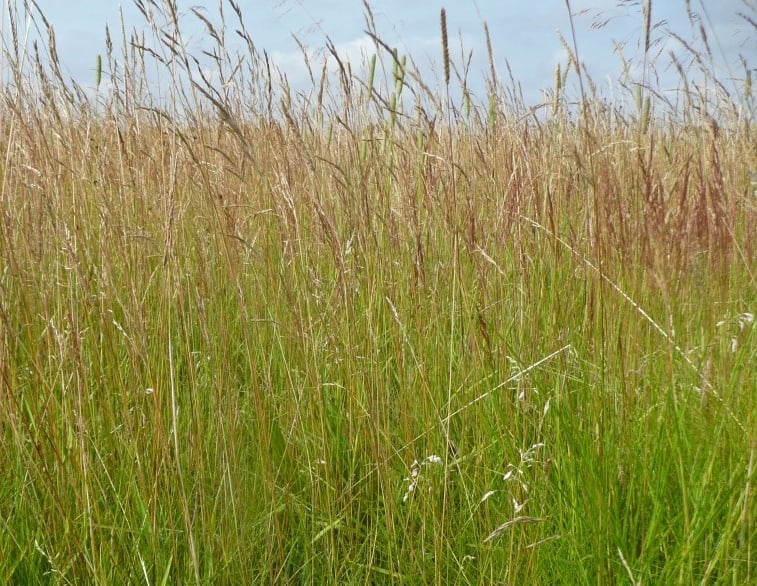Suggested Sowing Rates
50kg/ha 20kg/acre 5g/m2
Description
EG1 is a simple combination of low growing grasses that produce a short, open ‘flower-friendly’ sward. This grass mixture used alone has many applications in low maintenance naturalistic landscaping.
This mixture is compliant with the following Environmental Stewardship options:
- Sustainable Farming Incentive (SFI): WBD4 Arable reversion to grassland with low fertiliser input
Ground Preparation
Ideally select ground that is not highly fertile and does not have a problem with perennial weeds (especially grass weeds like couch). Good preparation is essential to success so aim to control weeds and produce a good quality seed bed before sowing. To prepare a seed bed first remove weeds using repeated cultivation. Then plough or dig to bury the surface vegetation, harrow or rake to produce a medium tilth, and roll, or tread, to produce a firm surface.
Sowing
Seed is best sown in the autumn or spring but can be sown at other times of the year if there is sufficient warmth and moisture. The seed must be surface sown and can be applied by machine or broadcast by hand. To get an even distribution, and avoid running out, divide the seed into two or more parts and sow in overlapping sections. Do not incorporate or cover the seed, but firm in with a roll, or by treading, to give good soil/seed contact.
First Year Management
Growth and establishment of wild grasses may be slow initially, especially at low sowing rates (2-5g/m2). There will often be a flush of annual weeds from the soil in the first growing season. This weed growth is easily controlled by topping or mowing. Mow all plant growth (sown grasses and weeds) regularly to 40-60mm throughout the first growing season to prevent weeds smothering the slower-growing grasses. Remove cuttings if dense, more frequent and regular topping will minimise the amount of toppings produced each time so they can be left to disperse.
Management Once Established
In the second and subsequent years grass sowings can be managed in a number of ways which, in association with soil fertility, will determine the character of the grassland. Regular mowing or continuous grazing will produce a short turf or lawn. The sowing can be managed as a meadow allowing the grasses to grow tall, flower and seed from May through to July/August. The grass meadow should be cut back and mowing resumed in late summer. Grassland which is not cut or grazed each year will eventually become coarse and tussocky in character. Wild flower seed can be added into grass sowings after the grasses have established and weed problems have been dealt with. The sward will need preparation for sowing into existing grass. Flower establishment will not be as good as compared with sowing the grasses and flowers together on to bare soil, as the grasses have a ‘head start’.
EG1 is a 100% grass seed mixture which can be sown alone and is also compatible for sowing with wild flower mixtures. EG1 is the grass component in mixtures EM1, EM2, EM3 and EL1. When sowing grass without wild flowers the sowing rate may be increased to 10-15g/m2 without compromising the development of diversity.


